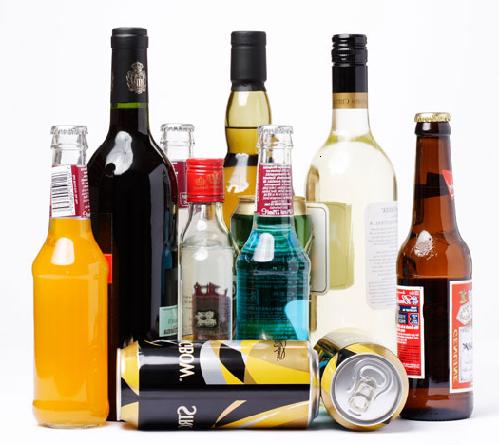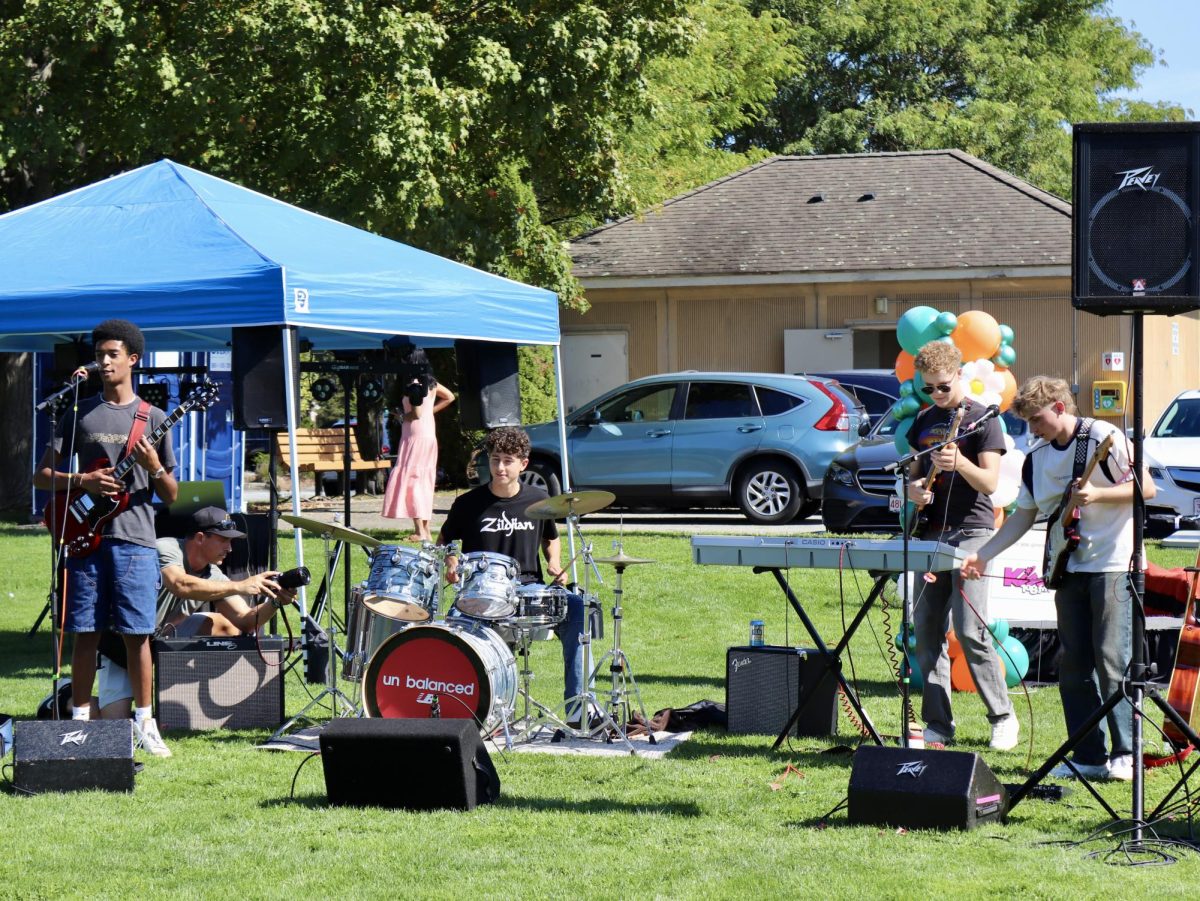“Bye kids! We’ll be back soon!”
As the door shuts behind your friend’s parents, you and your friend are left alone. After a few minutes, your friend pulls out a bottle of alcohol, takes a sip and offers it to you, but you both are underage.
According to The National Center on Addiction and Substance Abuse at Columbia University (CASA), more than 13,000 children and teens take their first drink every day. CASA studies also show that those who start drinking before the age of 15 are four times more likely to develop an addiction to alcohol than those who do not drink before 21, and those who start drinking between the ages of 11 and 14 have the greatest lifetime risk of alcohol abuse and dependence.
CASA’s study from June of 2011 shows that 46 percent of all high school students currently use addictive substances including tobacco, alcohol, marijuana or cocaine. One in three of those students can be categorized as having an addiction to those substances by medical standards.
While the exact effects of marijuana differ from person to person depending on an individual’s genetics, other drug usage, the amount of marijuana used and its strength, marijuana affects a person’s memory, coordination, judgment and perception. Marijuana can have unpredictable effects when combined with other drugs.
For teenagers, the side effects of using marijuana include the loss of ability to drive and decrease in performance both athletically or academically.
Furthermore, research the National Institute on Drug Abuse (NIDA) has also shown that the effects of marijuana on youth’s memory and learning could last for days or weeks in the case of chronic users, indicating that people who smoke marijuana every day may never be functioning at their best.
According to NIDA’s 2011 Monitoring the Future Survey, 9.5 percent of 8th graders, 18.5 percent of 10th graders and 23.8 percent of 12th graders reported using illicit drugs the month before the survey in 2010.
Furthermore, while abuse of cigarettes and alcohol decreased, the five-year trends for marijuana usage increased for high school sophomores and seniors.
The Area Substance Abuse Council (ASAC)’s research concluded negative effects of alcohol usage. Studies showed that teens who engaged in heavy drinking experienced a 10 percent loss in effectiveness in the hippocampus, the part of the brain that deals with memory retention and learning. In addition, the hippocampus was also shown to be 10 percent smaller in heavy teen drinkers than in teens who didn’t drink.
ASAC found that, when compared with adults, teens experienced quicker deterioration of organs as a result of alcohol consumption. In addition, alcohol overdose accounts for five times as many teen deaths as does overdosing on any other illicit substance.
Results from the MetroWest Adolescent Health Survey show that the percentages for teenage substance use at Wayland is less than the percentages throughout the MetroWest, Massachusetts and United States, and in the 2010 study, which 770 surveyed students at Wayland High School, eight percent reported using cigarettes, 29 percent reported using alcohol and 20 percent reported using marijuana at least one time in the 30 days before the survey.
The statistics of the survey also correlate alcohol use and mental health. Forty-two percent of students who said they drank alcohol up to 30 days preceding the survey indicated that they felt very stressed in the same 30-day period. Twenty-six percent of students in that category also expressed feeling depressive symptoms in the past 12 months and 12.9 percent reported attempting suicide in the past 12 months.
Of students who reported no alcohol use within 30 days before taking the survey, 34 percent felt very stressed in the same time period, 13.3 percent experienced depressive symptoms in the past 12 months and 2.6 percent reported attempting suicide over the past 12 months.
In addition to information about substance use, the survey also asked for teens’ perception of risk and parents’ disapproval of using substances. WaylandCares, an organization of Wayland community members that works to lower substance use in Wayland, hopes to use these statistics to predict future substance use rates in Wayland.
In 2010, the Wayland Parent Survey determined that of the 396 Wayland Middle School and Wayland High School parents surveyed, 84 percent thought it was very wrong for their child to smoke cigarettes, 77 percent thought it was very wrong for their child to smoke marijuana, and 69 percent thought it was very wrong for their child to have one or two drinks of alcohol with friends.
The results of the 2010 MetroWest Adolescent Health Survey show that 90 percent of the 194 tested seniors thought that their smoking cigarettes had a moderate or great risk, while 65 percent responded that consuming alcohol had a moderate or great risk. Fifty-eight percent thought that marijuana had a moderate or great risk.
With the information from the MetroWest Adolescent Health Survey, WaylandCares will continue to spread student awareness in an attempt to influence student decisions concerning drugs and alcohol.






































